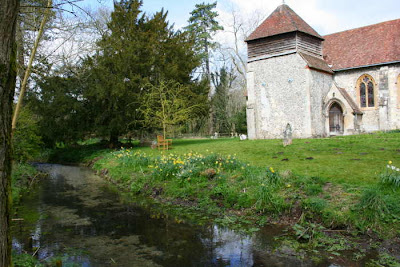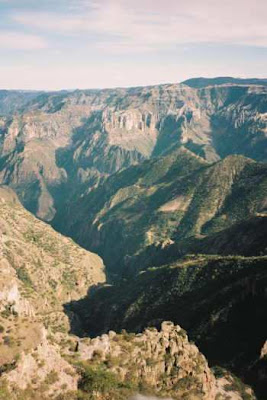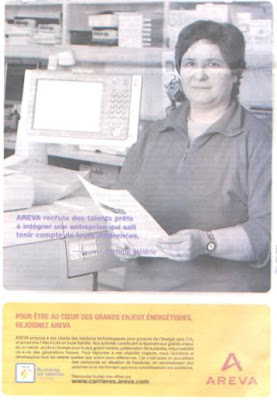Photo by Flickr user Hervé Photos. Creative Commons licence.
Two nights before Earth Hour, Greenpeace made their presence felt on some of the brightly lit shopping streets of Paris, though not including the two famous stores Au Printemps and Galeries Lafayette on the boulevard Haussman.
Photo by Flickr user Hervé Photos. Creative Commons licence.
The object was to put tape over windows of any shop which had been left with lighting on at that time, 10 pm till midnight, to point out the opportunity for energy reduction.
The aim was to let the hundreds of shopkeepers in the rues Rivoli and Rennes, and the boulevard St Germain, that it is not too late to reduce energy consumption, that it is everyone's business to be careful, and that with care, renewable energy could provide half the world's needs by 2050.
Nothing was defaced or harmed. All the proprietors had to do next day was to remove the biodegradable tape and the chlorine free recycled paper. With luck they will have taken in the message that they could save 30% of their consumption by turning lights off at night. Doing anything else is just a waste.
Any shop with lights already out, received a message of congratulations.
Greenpeace are of course firmly against nuclear energy, which provides a very large proportion, 70%, of France's needs. Eléctricité de France, EDF, is the world's largest nuclear operator and is set to invest in four new plants in the UK.



















.jpg)





























